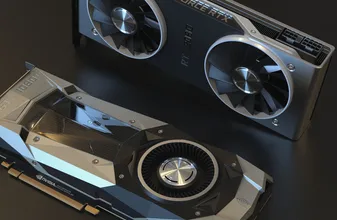Do you need a GPU?
A graphics processing unit (GPU) is a specialized type of processor, designed to perform calculations required for rendering images, videos, and animations. Due to the structure of the specialized processor, GPUs were initially used in gaming and other multimedia applications. GPUs include hundreds or thousands of processing cores – much smaller than CPU cores – that perform calculations simultaneously, utilizing a parallel architecture.
Parallel computing is quite different than traditional, or serial computing. In serial computing, problems are solved by creating algorithms, which are sent as a set of instructions to a CPU, which executes the instructions sequentially. Alternatively, in parallel computing large problems are divided into independent parts, and each processing unit executes instructions at the same time. CPUs can generally be thought of as a jack-of-all-trades – good for most computing needs – whole GPUs are highly specialized and work best in data-heavy applications where parallel computing can be effectively employed.
While GPUs are incredibly beneficial to applications that require parallel computing, they come with significant costs. GPUs are more expensive, consume more power, and generate more heat than traditional CPUs. Use cases that are particularly well suited for parallel computing include video and audio processing, industrial automation – especially those automation processes that utilize some form of computer or machine vision – autonomous vehicles, and augmented and virtual reality.
For a more thorough examination of GPUs and applications best suited for GPUs, read the White Paper: “The Determining Factor for USB, CPU, and GPU Selection.”
